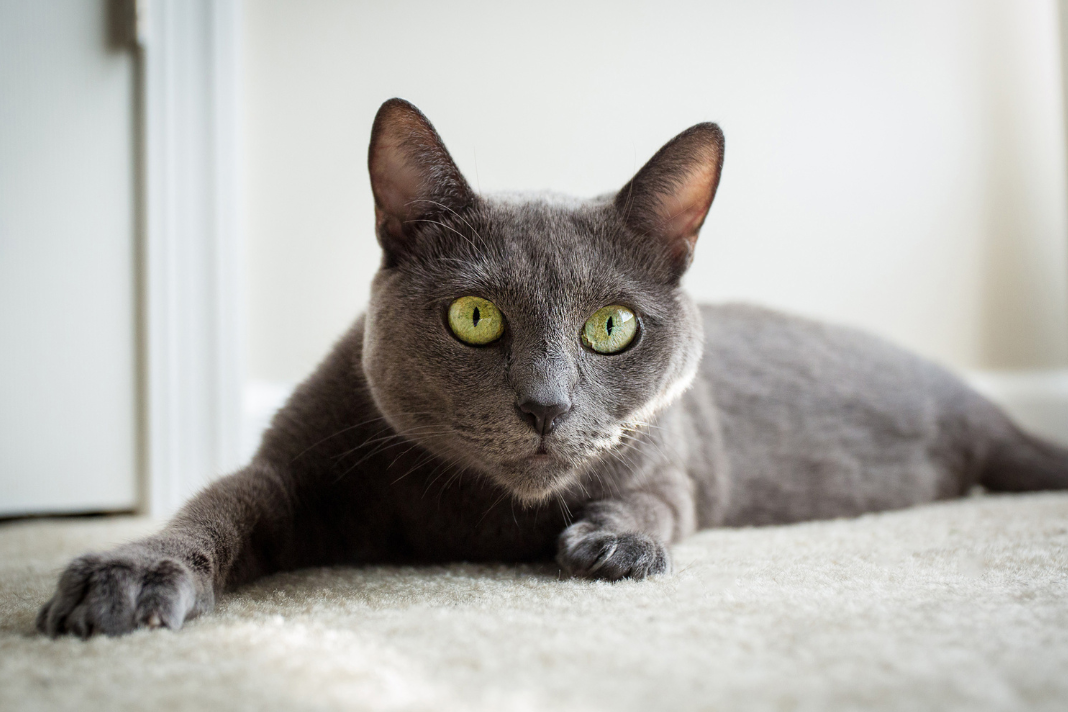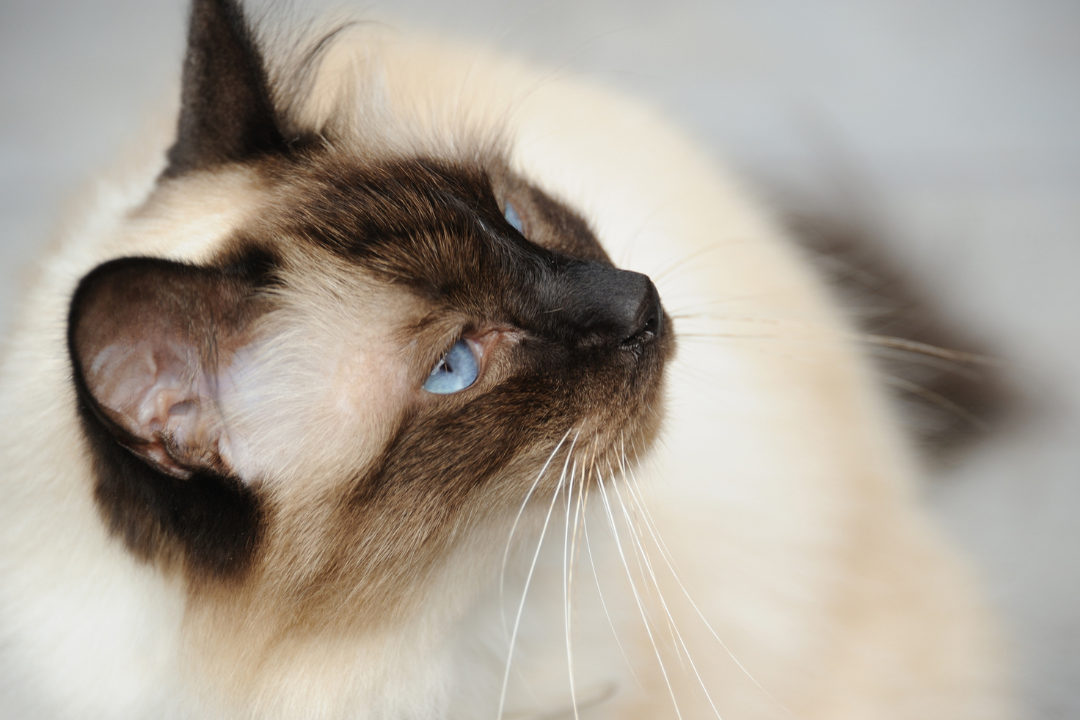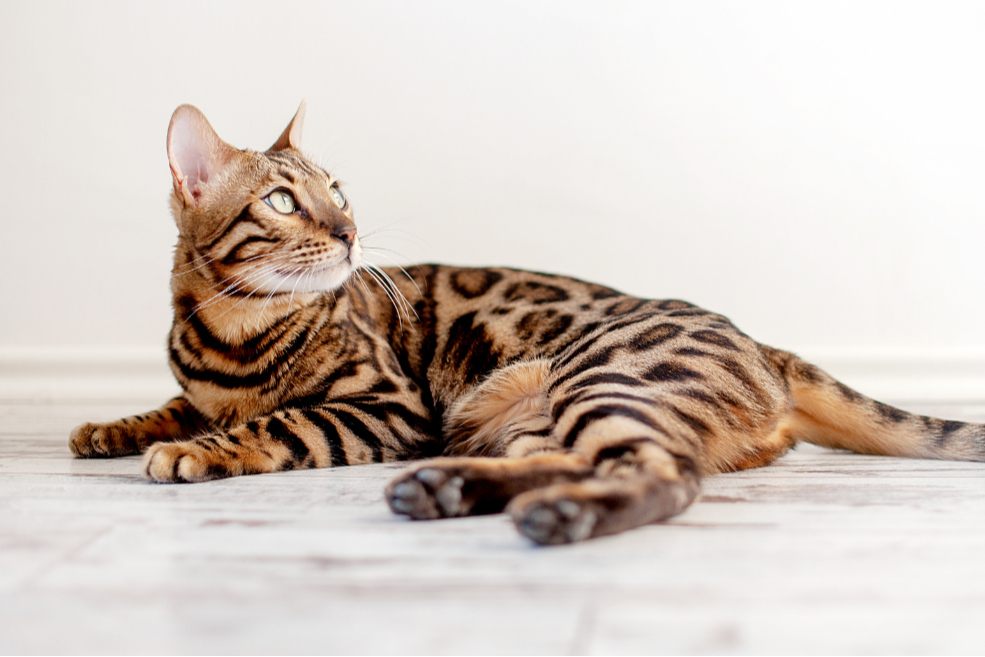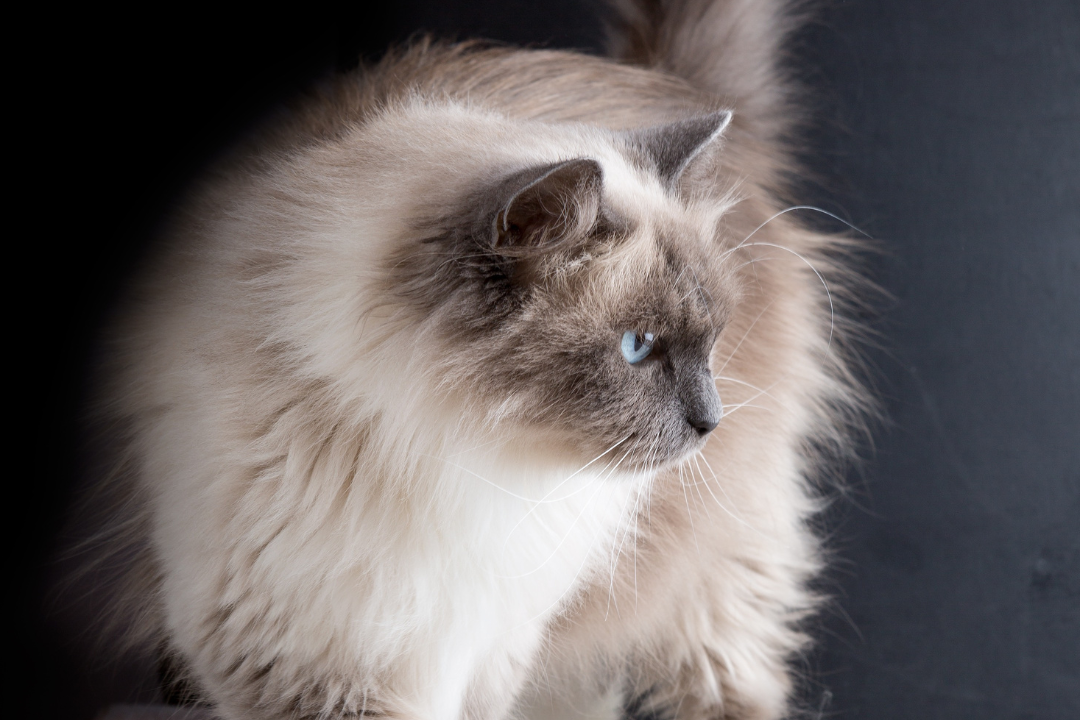Russian Blue Guide
Information about the cat breed Russian Blue
Weight: Males 3 - 5 kg, females 2 - 3.5 kg Wither height: 25 - 30 cm Energy level: Medium Lifespan: 15 - 20 years Social need: Great Colours: Mostly plain and the most common colour is dark gray and silver, but colours such as blue, white and black also occur in the breed. Health problems: Generally healthy and, moreover, the known hereditary cat diseases rarely occur in the breed.
Personality of a Russian Blue
Russian Blue is an affectionate, playful and intelligent cat breed that often talks a lot. It follows its cat parents everywhere and has a tendency to attach itself to "its" human. Despite its social side, however, the Russian Blue tends to be a bit shy and hide from visitors and at large gatherings. This is a family cat that thrives best when it has another feline companion to keep it company. It is also important that a Russian Blue is challenged and stimulated, especially mentally. It loves to play with toys as well as with us humans and needs to be kept busy to stay happy and healthy.
Looks and fur care of a Russian Blue
A Russian Blue is a medium-sized and graceful cat with long legs. Because of its blue-gray, short coat, it resembles the British Shorthair and Chartreux cat breeds in appearance. However, it is not nearly as compact as a British Shorthair and does not have the same yellow eye color as a Chartreux. The coat of a Russian Blue is also soft and silky. The top hair and undercoat are the same length, so the breed has a so-called double coat, which makes it feel a bit like plush. The fur is shed very little and the breed also produces less allergens, therefore it can be a suitable breed for allergy sufferers. To remove excess fur, brushing a Russian Blue once a week is sufficient.
Health problems in a Russian Blue
Something that is distinctive about the Russian Blue is that it is a cat breed that is basically not affected by the most common hereditary diseases. It is generally healthy and well, but can of course suffer from the health problems and other diseases that occur in cats.
Oral health
Did you know you need to brush your cat's teeth? Brushing your cat's teeth daily is the best thing you can do to prevent your cat from getting periodontitis, learn more about it in our app. The dental disease FORL is common among cats and often occurs in connection with periodontitis. Brushing the cat's teeth can be a challenge, but with treats and a lot of patience, the cat will eventually get used to it. Learn more about how to brush your cat's teeth in our app course.
Poisoning
There are a lot of things that are toxic to cats that you may not have thought about before. An example of this is plants, learn more about which plants are poisonous to your cat in the Lassie app. Additional examples of what is poisonous to cats are chocolate and mouse and rat poison. It is important to store things that are dangerous to cats in a place that they cannot access.






